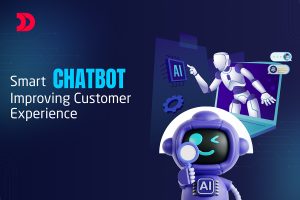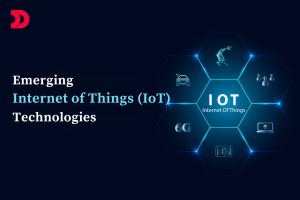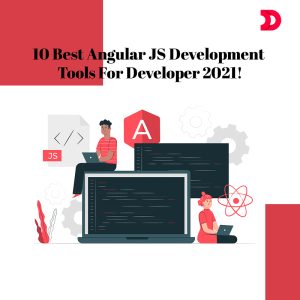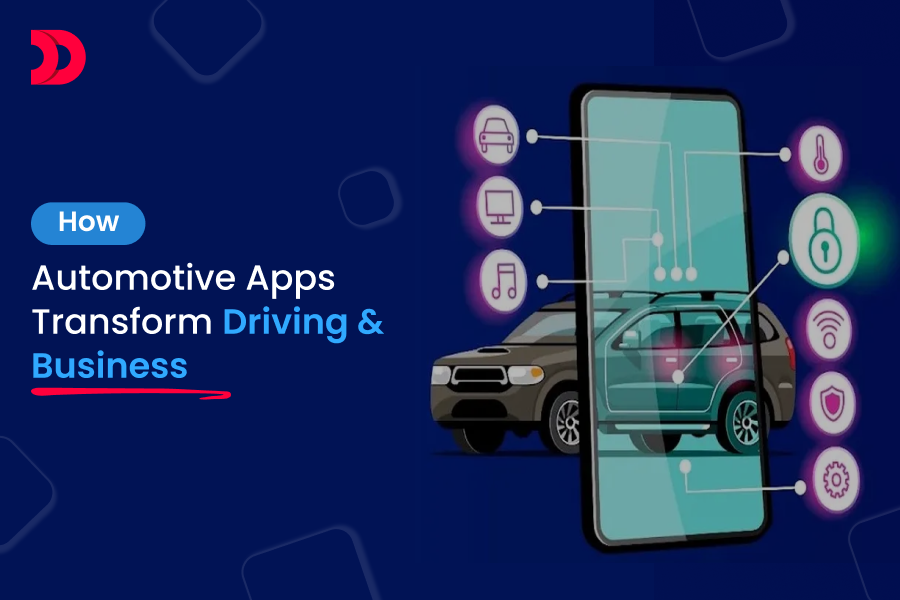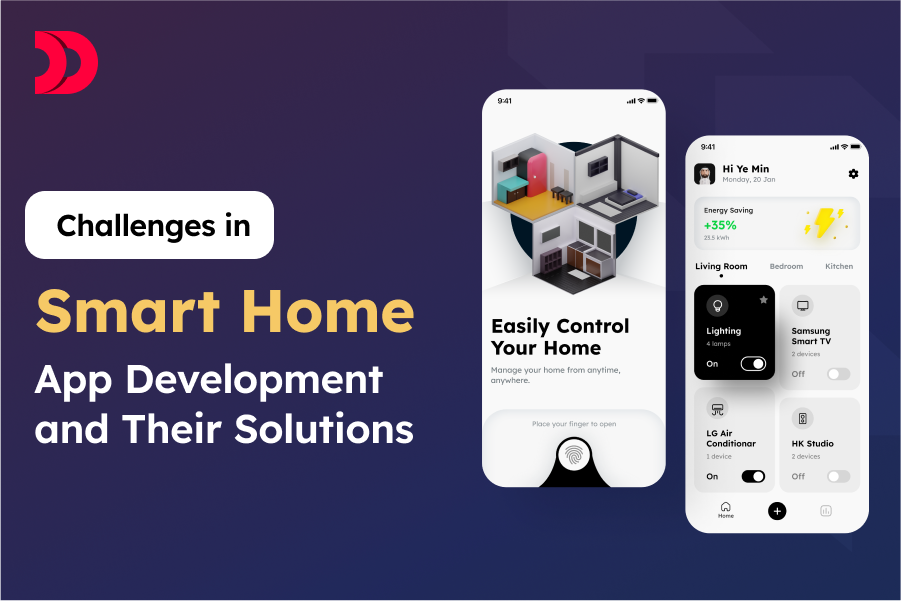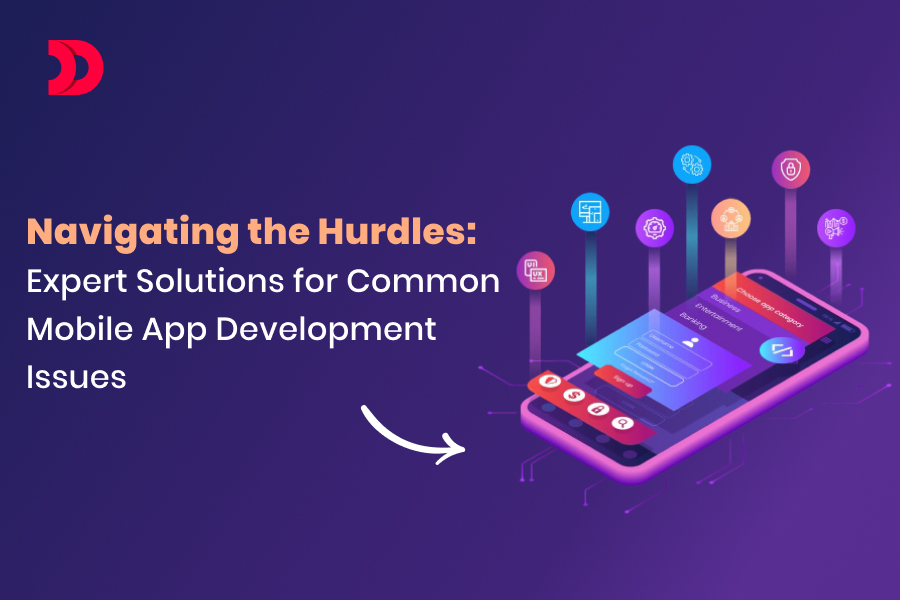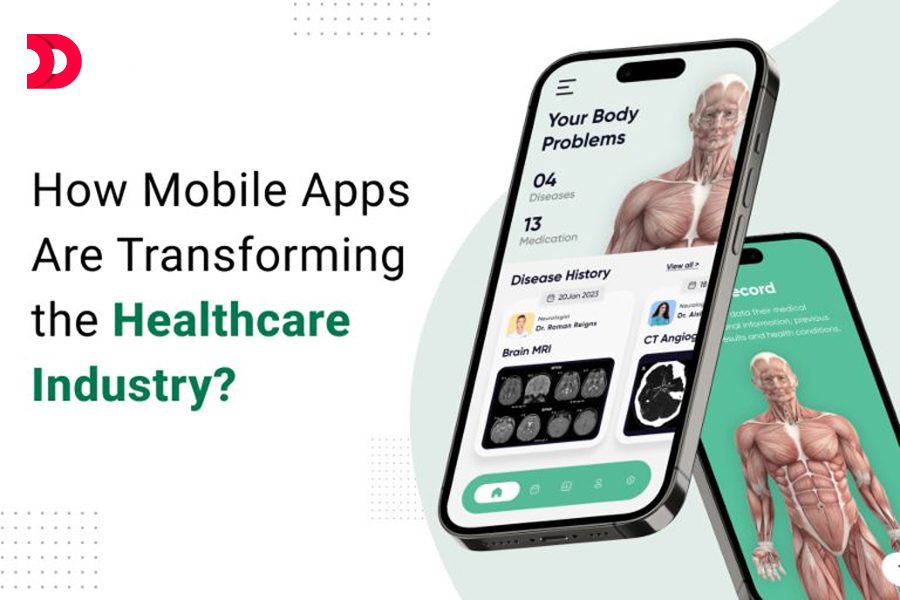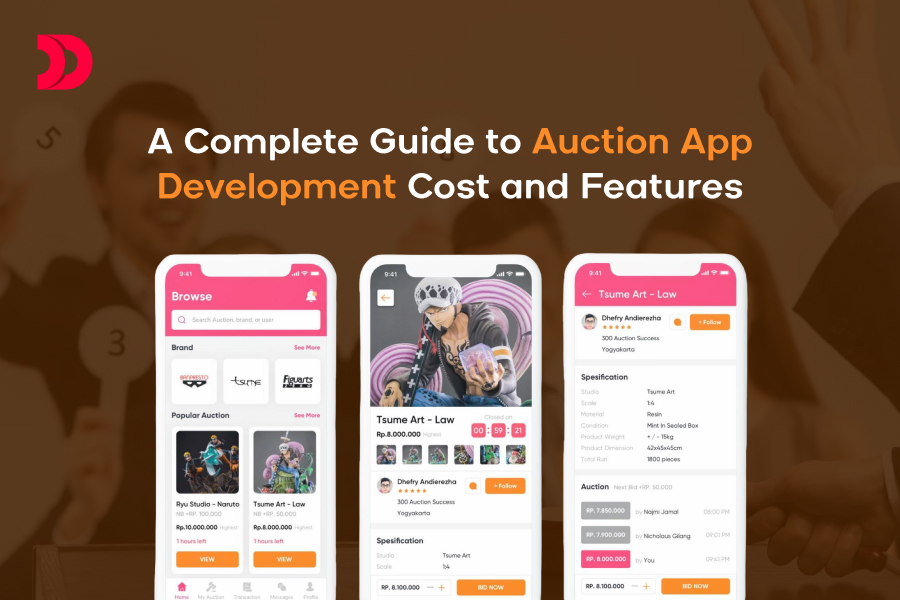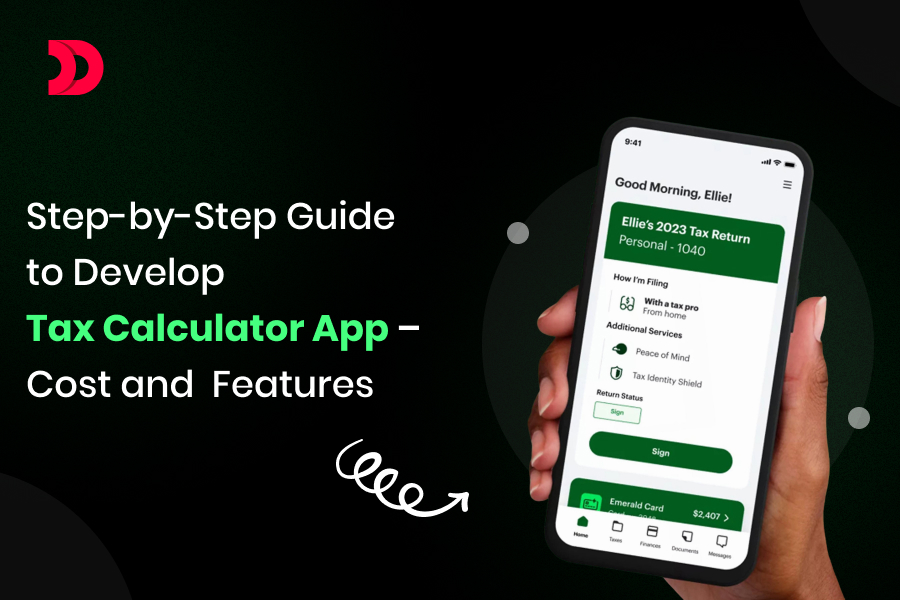Spotify and the other major players in music streaming have contributed significantly to how we listen to music now. This has created a pool of more than 600 million users. The optimum user experience, a huge music library, and artist—and user-based recommendations are the key factors in Spotify.
If you are looking into building an app in this way, it becomes necessary to know the key features available, the processes of building it, and ultimately, the Music App Development Cost.
In this blog, we will take you through the crucial stages of developing a high-performing music streaming application by a music streaming app development company -from planning to the post-launch activities. Let’s start!
Music Streaming Apps Core Features Overview:
The MVP should cover the below minimum core features:
- User Authentication (from email/social login)
- Music Library with search/filters
- Audio streaming with playback controls
- Basic playlist
- User Profile Management
- Admin Dashboard for content management
Creating a Spotify Clone: A 7-Step Development Process
Step 1: Define Your Unique Proportion
Before starting the coding, it is important to know what exactly makes your platform unique. Will you focus on:
- High-fidelity audio (like Tidal)?
- Niche genres (like Beatport for electronic music)?
- Artist-first revenue models (like Bandcamp)?
- Social features (like SoundCloud)?
Conduct market research in order to find the areas that are left unfulfilled by existing services and conduct a survey of potential users. Create a Music Streaming App, develop user personas, and map their listening journeys.
Step 2: Institutionalise Your Business Model
Here is a selection of mature monetization methodologies for you to derive from:
- Freemium Model (Free tier plus ads to subscribe to premium)
- Spotify’s format – free at 128kbps and 320kbps for paid
- Cut down the costs of recorded music by subsidizing podcast expenses.
Tiered Subscriptions:
- Student/Family plans
- Hi-Res Audio Upgrades
- Bundled merchandise/concert perks
- Alternative Models
- Artist patronage system
- Micro-payments on blockchain
- Corporate/B2B licensing
Pro Tip: Test prices A/B at beta release for best-optimized rates.
Step 3: Music Licensing: The Make-or-Break Phase
Scoot through the complicated processes of licensing:
For Recordings:
- Major labels: UMG/Sony/Warner: expect advances of more than $5,000 a track on average
- Indies: FUGA or DistroKid aggregator that charges a royalty of 15-30 percent
- Direct deals are possible with local or emerging artists.
For Compositions:
- US: BMI/ASCAP/SESAC blanket licenses (~$500/month)
- Europe: GEMA/PRS/STIM (country-specific)
- Mechanical rights: Harry Fox Agency (US) or the MCPS (UK)
- Initial catalog budget: $250,000+ for 10 million+ tracks; consider starting regionally to manage expenses.
Step 4: Build Your Tech Stack for Scale
Core Infrastructure:
- Cloud: AWS Media Services (Elemental MediaConvert + CloudFront)
- Streaming: HLS with DASH fallback (5-second startup time target)
- DRM: Apple FairPlay + Google Widevine
Backend:
- Microservices in Go (for performance) + Node.js (for APIs)
- Event-driven architecture using Kafka
- Redis caching for metadata
Data:
- PostgreSQL for user data (ACID compliant)
- Elasticsearch searches fast (target response at 200ms)
- Time-series DB analytics
Mobile:
- SwiftUI (iOS) + Jetpack Compose (Android)
- Offline first with Realm db
Step 5: Design for Habit Formation
This is the behaviour of Spotify’s addictive patterns of experience:
- Onboarding: instantly personalizing ‘pick three artists’
- Discovery: endless scrolling and algorithmically fresh
- Retention: daily mix; release radar emails
Incorporate the following psychological triggers:
- Variable rewards (unexpected recommendations)
- Social proof (friend activity feeds)
- Commitment devices (annual subscription discounts)
Step 6: Agile Development
Phase 1: MVP (3-4 months).
- Streaming core + very simple playlists.
- Apps Android/iOS + web player.
- Admin CMS for content.
Phase 2: Stickiness Features (2 months):
- Collaborative playlists.
- Crossfade/gapless playback.
- Wear OS/Apple Watch capability.
Phase 3: Differentiation (Ongoing):
- AI DJ.
- Concert integrations.
- Fan-to-artist messaging.
Use feature flags to test innovations with select user groups.
Step 7: Launch & Growth Strategy
Soft Launch:
- Begin operations in music-tech-friendly markets (Sweden, Brazil, Indonesia).
- Engage local influencers for organic growth.
- Create deals with life benefits for early adopters.
Scale Up:
- Referral programs (the Dropbox way) are introduced.
- B2B verticals will be developed (gyms, airlines).
- Seek white-label business opportunities.
Mandatory Management:
- Real-time QoS monitoring (New Relic/Datadog).
- Weekly A/B tests on recommendations.
- Quarterly audit of licenses.
Conclusion:
To build a media streaming app like Spotify is a complex but rewarding venture. Success depends on high-quality streaming, strong licensing agreements, and an engaging user experience. This is the way to go, from market research to post-launch optimization order to develop a platform that can compete in the market.
If you want to hire mobile app developer, check out Devstree IT Services. We are consummate in giving customized apps for music streaming with all the scalability, security, and performance overhead. Please contact Devstree – a mobile app development company today for a free consultation! Hire music streaming app developer now!
 Sep 24, 2025
Sep 24, 2025 

 312 Views
312 Views


